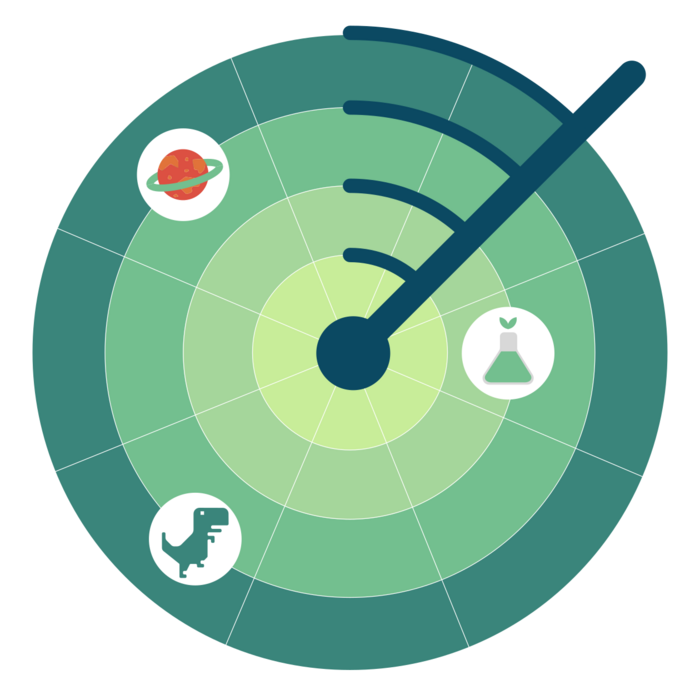(Created page with "<small>Enterprise Design Patterns | Practice Patterns</small> =#19: Evidence= Evidence <center> ''“It's so much easier to suggest solutions when you don't know too much about the problem.”''<br> - Malcolm Forbes </center> ==Related Patterns:== #7: Safe Negotiation Space, #21: Hypotheses and Validation, #22: Wear Their Shoes, Management Instrumen...") |
No edit summary |
||
| Line 2: | Line 2: | ||
=#19: Evidence= | =#19: Evidence= | ||
<center> | <center> | ||
[[File:Pattern19_Evidence.png|700px|Evidence]] | |||
<br><br> | |||
''“It's so much easier to suggest solutions when you don't know too much about the problem.”''<br> | ''“It's so much easier to suggest solutions when you don't know too much about the problem.”''<br> | ||
- Malcolm Forbes | - Malcolm Forbes | ||
Revision as of 10:33, 1 September 2025
Enterprise Design Patterns | Practice Patterns
#19: Evidence

“It's so much easier to suggest solutions when you don't know too much about the problem.”
- Malcolm Forbes
Related Patterns:
#7: Safe Negotiation Space, #21: Hypotheses and Validation, #22: Wear Their Shoes, #35: Management Instruments
You want design decisions to be informed by facts, observations and insights, not just opinions and assumptions.
In this context:
When you focus on the content of your work more than on the concerns and experiences of your co-creators, they can feel excluded and ignored. They are often unfamiliar with your discipline and don’t know what you are trying to achieve. They may conclude you don’t care about them and assume you are working against their interests. Paradoxically, the more you focus on the content of your work, the less able you will be to create the influence and impact you want it to have.
Therefore:
You strengthen the case for your proposed course of action by obtaining data and insights. You turn assumptions into testable hypotheses and gather insights, data and evidence from various sources to reduce the available options and inform decisions. This means you:
- Formulate - based on conversations and experience - relevant research questions to collect the insights you need;
- Interview people or observe them in action to understand better who you are designing for or with;
- Gather data from surveys or analytics to reduce available options and focus your design work;
- Keep an open mind while gathering support for your design proposals so you:
- Stay open to change direction if you find your assumptions invalidated;
- Stay open to the need to obtain more insights where needed.
Consequently:
You now have insights and evidence to support you when recommending and communicating possible ways forward. You can challenge requirements or opinions and validate them through research. You now have a solid base to work from on Enterprise Design that addresses concerns that matter in the real world.